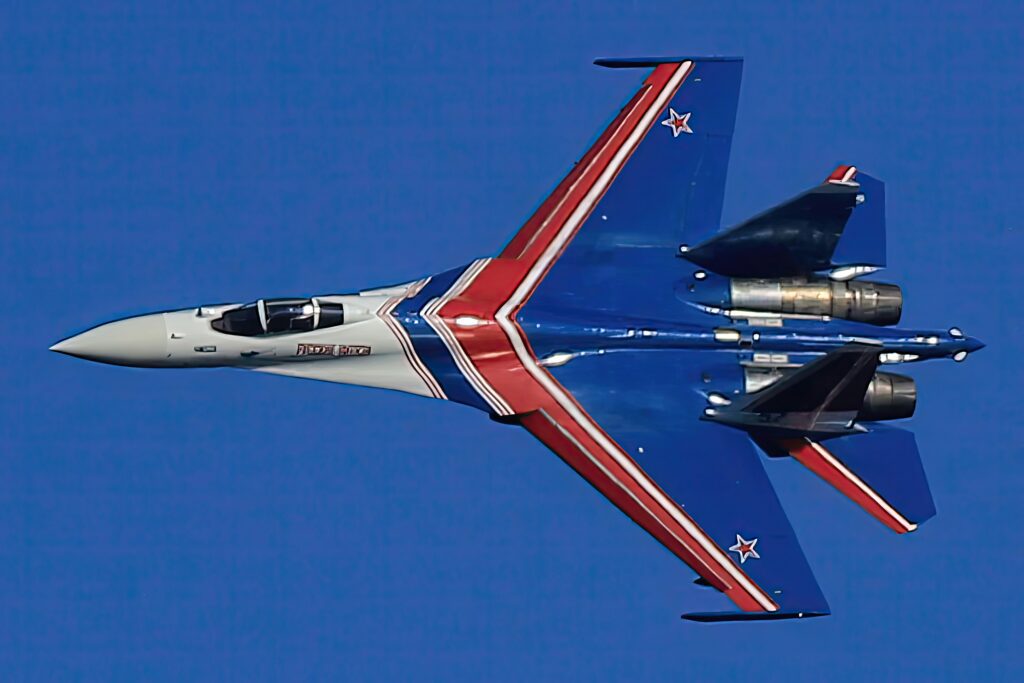
You may also hear them called unmanned underwater vehicles (UUVs), aka underwater drones. They’re becoming increasingly important in modern defense. When engineers designed these vehicles, they planned for them to perform tasks that were too dangerous and difficult for humans. But there’s a problem: Undersea drone communication. It’s not easy to communicate with them. I’m not talking about not being able to text your lover in the countryside. The underwater world presents much more complex challenges. Let’s dive in.
Why is Undersea drone communication difficult?
Well, water is the main culprit. Radio waves, which we use for most communication, don’t travel well underwater. They get absorbed quickly. This means they can’t go very far. Imagine trying to shout across a crowded room. That’s what radio waves are up against underwater, but much worse.
So, what do we use instead? Sound. Sound waves travel much farther in water than radio waves. This is why sonar is used by ships and submarines to “see” underwater. It’s also the primary method for communicating with UUVs. But even sound-based communication has its limits.
Bandwidth and Data Rate: A Slow Connection
Think about your internet connection. Bandwidth determines how much data you can send at once. Underwater acoustic communication has very low bandwidth. This means we can’t send large amounts of data quickly. Sending a simple command? That’s usually fine. Trying to stream video from an undersea drone? That’s a huge problem. It’s like trying to download a movie using dial-up internet. Remember those days?
Constant noise underwater, sudden temperature changes, seasonal salinity differences, and even fish can disrupt the function of sound waves. It’s very difficult to communicate with a UUV over long distances. Imagine trying to have a conversation with your friend ten meters away in a violent hurricane. It’s not easy, right?
Latency: A Long Wait for a Reply
Latency is the delay between sending a message and receiving a response. Underwater communication often has high latency. Sound travels much slower than radio waves. This means it can take a long time for a signal to reach a UUV and for the UUV’s response to come back. This delay can be a real issue, especially if you’re trying to control a UUV in real-time. You can’t drive these things like a car.
It is clear that we cannot communicate with UUVs all the time. In this case, UUVs often need to operate autonomously. Developing systems that can make the right decisions on their own requires a lot of labor and cost. These drones must be equipped to handle all kinds of situations.
So, What’is being done about Undersea Drone Communication?
Researchers and engineers are working hard to improve underwater communication. Although our problem is big, we are slowly recording transmissions. Researchers are discovering new acoustic trends, developing more efficient modems. They are also experimenting with optical communication for short distances.
Communicating with submarine drones is a complex challenge. As we mentioned above, the underwater world has its own unique problems. Even if the road is rough, ongoing research gives hope for the future. If we can overcome the unique problems under the sea, we will have unlocked a significant potential for much more machines.







